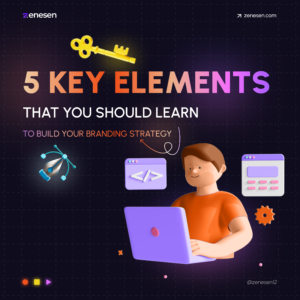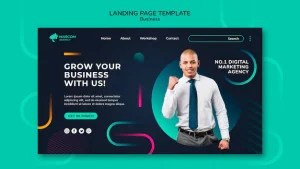In the ever-evolving digital landscape, the significance of user interface (UI) design cannot be overstated. A visually appealing and user-friendly interface is the key to a successful online presence. This article aims to explore essential UI design elements that not only enhance the user experience but are also optimized for search engines, ensuring your digital creation ranks high and attracts the right audience.
- Strategic Layout and Composition for SEO Boost
Crafting a well-structured layout forms the bedrock of SEO-friendly UI design. Implementing grid systems and whitespace not only appeals to users but also contributes to better search engine visibility. Organizing content logically assists search engine crawlers in understanding and indexing your website or application effectively.
- Color Schemes: Harmonizing Aesthetics and SEO Best Practices
Choosing a color scheme goes beyond aesthetics; it influences user emotions and can impact SEO. Ensure your color choices align with your brand while considering accessibility standards. Compliant color combinations contribute to a positive user experience and can positively affect SEO rankings.
- Typography: Readability for Users, Crawlability for Search Engines
The right typography not only enhances readability for users but also aids search engines in understanding content hierarchy. Utilize consistent and legible fonts, appropriate sizes, and consider incorporating keywords naturally within the text to boost SEO.
- Navigation: SEO-Friendly Pathways for User and Search Engines
Intuitive navigation is a cornerstone of user experience and SEO. Implement clear navigation menus, breadcrumbs, and user-friendly URLs. A well-organized navigation structure assists search engines in crawling and indexing your pages efficiently.
- Icons and Imagery: Enhancing Engagement and SEO Performance
Icons and images play a dual role in UI design. Optimize image file sizes for faster loading times, and use descriptive file names and alt tags to enhance SEO. Well-optimized visuals not only engage users but also contribute to a higher ranking on search engine results pages (SERPs).
- Consistency: A Unified Approach for Users and Search Engines
Consistency in design elements extends beyond user experience; it aids search engines in understanding and ranking your content. Maintain a uniform style, layout, and interaction patterns to create a cohesive user experience while contributing to better SEO performance.
- Feedback and Affordance: Interaction Signals for Users and Crawlers
Implement feedback mechanisms for user actions and ensure interactive elements exhibit clear affordance. Both users and search engine crawlers benefit from well-defined buttons, links, and forms, enhancing the overall user experience and SEO performance.
- Responsive Design: Catering to Users Across Devices and SEO Algorithms
In the era of diverse devices, responsive design is not only user-friendly but also SEO-friendly. Ensure your UI seamlessly adapts to various screen sizes, meeting the criteria set by search engines for mobile-friendliness.
Conclusion:
Harmonizing SEO-friendly practices with UI design elements is the key to unlocking digital success. By integrating these principles, your digital creation not only captivates users but also climbs the ranks on search engine results, ensuring visibility and relevance in an ever-competitive online landscape. Stay abreast of evolving SEO trends to continually optimize your UI design for maximum impact.



